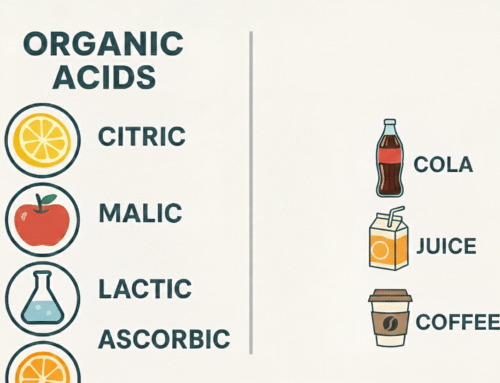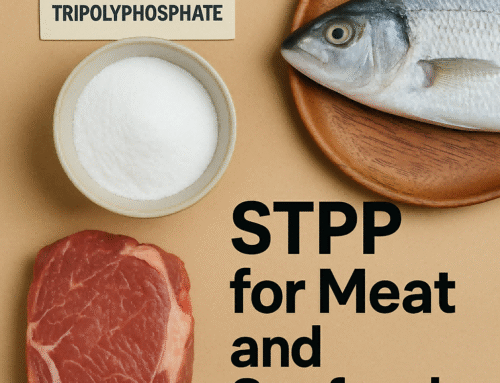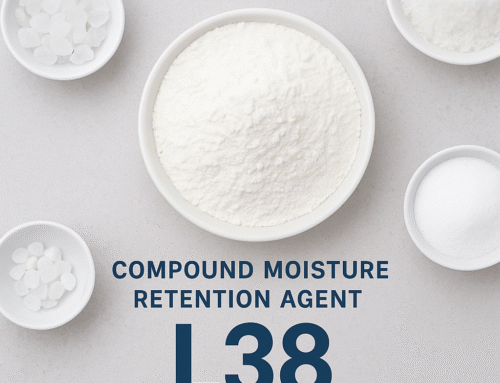 A plethora of compounds surface that play instrumental roles in preserving the integrity, safety, and taste of our cherished canned foods. Among them, Sodium Dihydrogen Orthophosphate Monohydrate stands out.
A plethora of compounds surface that play instrumental roles in preserving the integrity, safety, and taste of our cherished canned foods. Among them, Sodium Dihydrogen Orthophosphate Monohydrate stands out.
The Science Behind Sodium Dihydrogen Orthophosphate Monohydrate
Scientifically represented as NaH2PO4•H2O, this inorganic monosodium salt, with its monoclinic crystalline structure, is widely applied across various sectors, with a primary focus on food processing.
Achieving pH Stability
The importance of pH in foods is two-fold: it affects both taste and preservation. Herein, Sodium Dihydrogen Orthophosphate Monohydrate shines with its capacity to stabilize pH, thus preserving both the flavor profile and the shelf life of the food.
Buffering
Beyond just stabilization, this compound acts as an effective buffering agent, neutralizing minor pH disturbances that can occur due to fermentation or ingredient interactions, ensuring a constant, optimal environment for the food.
Textural Mastery
Liquid-based canned foods demand a specific texture. Sodium Dihydrogen Orthophosphate Monohydrate tailors this texture, guaranteeing a consistency that is neither too viscous nor too dilute.
Guarding Against Microbial Threats
In the battle against spoilage, Sodium Dihydrogen Orthophosphate Monohydrate is the first line of defense, actively deterring microbial growth and ensuring the safety and longevity of the canned product.
Preserving Color and Freshness
To the consumer’s eye, color often equates to freshness. This compound excels in color preservation, curbing oxidation processes, and ensuring that the food retains its natural, appealing hues.
Combatting Precipitation and Coagulation
This compound’s versatility is further displayed in its ability to prevent precipitation and coagulation. Interacting with mineral ions prevents them from forming undesirable precipitates, thus ensuring uniform texture.
The Monohydrate vs. Anhydrous Debate
A pertinent question arises: Why not use Sodium Dihydrogen Orthophosphate Anhydrous? While chemically similar, the anhydrous form lacks the water molecule associated with the monohydrate. This absence has significant implications:
- Hydration Properties: The Sodium Dihydrogen Orthophosphate Monohydrate form offers better hydration properties, essential in food processing, ensuring consistent moisture levels and preventing unwanted drying of the product.
- Solubility Dynamics: The Sodium Dihydrogen OrthophosphateMonohydrate version is more soluble in water, facilitating a smoother blending process in food preparations.
- Stability Factors: The Sodium Dihydrogen OrthophosphateAnhydrous form can absorb moisture from the environment, potentially leading to clumping or degradation, while the Sodium Dihydrogen Orthophosphate Monohydrate provides more consistent stability in varied environments.
Exemplifying Its Role in Canned Foods
Sodium Dihydrogen Orthophosphate Monohydrate is utilized in a myriad of canned goods to deliver the above benefits:
- Canned Tuna: Helps in maintaining the tuna’s soft texture and natural color, ensuring it doesn’t turn brown or overly firm.
- Canned Vegetables: Used extensively in green beans, peas, and carrots to preserve their crispness, color, and overall freshness.
- Canned Soups: Assists in maintaining the soup’s desired consistency, preventing precipitation of minerals, and ensuring even distribution of ingredients.
- Canned Fruits: Essential in fruits like peaches and pears to retain their succulent texture and vibrant color.
- Canned Meats: In products like corned beef or chicken chunks, it ensures meat remains tender and prevents undesirable changes in color or texture.
Safety and Regulatory Compliance
Sodium dihydrogen phosphate is generally recognized as safe (GRAS) by the FDA when used within specified limits.
According to the EFSA assessment, long-term intake of phosphate in compliance with limits does not lead to calcium-phosphorus metabolism imbalance or kidney damage.
In response to consumer concerns about sodium intake, the total sodium content of canned products can be controlled by optimizing formulations (e.g., compounding with other phosphates) to meet the “reduced sodium” market demand.
To sum it up, Sodium Dihydrogen Orthophosphate Monohydrate is not merely a chemical compound; it’s the backbone of the canned food industry, ensuring that the products we consume are of the highest standards in safety, taste, and quality.
For Dihydrogen Orthophosphate Monohydrate purchase, please reach to [email protected].




